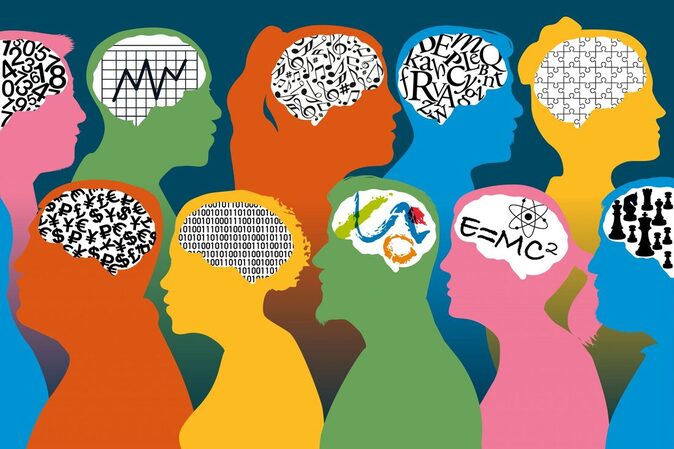|
The LGBTQ+ Community
While the LGBTQ community is still relatively small, as less than 5% of adults in the US identify as LGBTQ, that number cannot be considered definitive. It’s important to consider that twice as many millennials identify as part of the community as gen X’ers. Society’s continued growth in acceptance, the spread of education, and media representation no doubt help people define themselves in ways that older generations couldn’t. As the population grows, however, it becomes more important than ever to address mental health concerns around being a member of the community.
0 Comments
PTSD and Trauma
The unfortunate reality of the world is that 70 percent of people will experience at least one traumatic event in their lifetime. Of those, at least a fifth will develop some form of post-traumatic stress disorder. Trauma comes from many experiences like war, violence and abuse, sudden loss, accidents, or natural disasters. Both experiencing it or even witnessing such events can lead to some level of trauma. It is a common misconception that PTSD is an issue only for soldiers. It is also not uncommon for people to believe something “doesn’t count” as a traumatic event for one reason or another. However, it is not for one person to define what trauma is or how things affect others. But because of these ideas, many people don’t reach out for help after such events. Neurodiversity is often referred to as “invisible disabilities.” This term umbrellas Autism, Attention Deficit Hyperactivity Disorder (ADHD), Tourette's Syndrome, Dyslexia, and many others. An estimated 15% to 20% of the world’s population falls into this category, however, as we learn more about Neurodiversity this number could grow.
We do not treat neurodiversity as it is not a disorder but a neurological classification. |
Archives
June 2024
Categories |
Proudly powered by Weebly
Copyright © 2022




 RSS Feed
RSS Feed